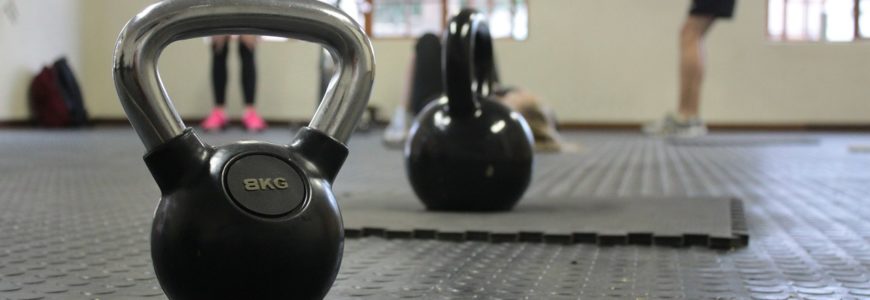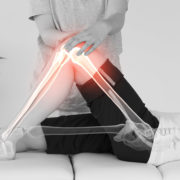Strength Training and Knee Pain
With Strength comes stability and with stability always comes less knee pain.
If you have spent any amount of time in our clinic, this is something you have more than likely heard. Dr Karmali shares a little on what makes stability so important to the health of our joints.
“When it comes to maintaining the long-term health of any joint in our body, stability plays a critical role. Take for example, the knee.
The knee joint is the largest and most superficial joint, primarily operating as a ‘hinge’, allowing for bending and straightening of the leg. These hinge movements are combined with gliding, rolling, and rotation, which add to the functional complexity of the knee. Despite being well constructed, the knee joint is relatively vulnerable mechanically because of the in-congruence of its articular surfaces, which can be likened to two balls laying on a warped tabletop.
With that thought in mind, imagine if we didn’t have any ligamentous or muscular control to hold things together… We wouldn’t have a very good knee and understandably, be more prone to injury or accelerated joint degeneration. It is with this notion that ensuring the integrity of joint-specific ligaments as well as adequate and timely neuromuscular control that we can provide our joints with optimal loading and force dissipation to maintain and even improve their longevity.”









